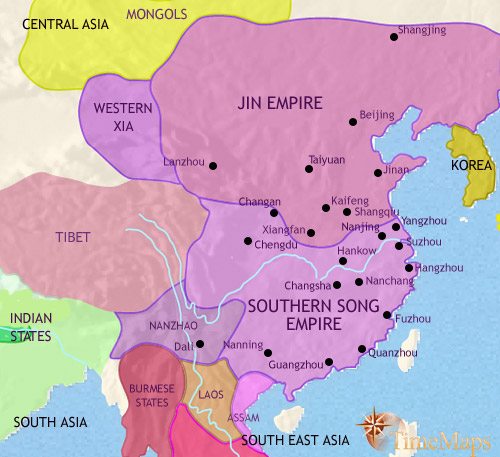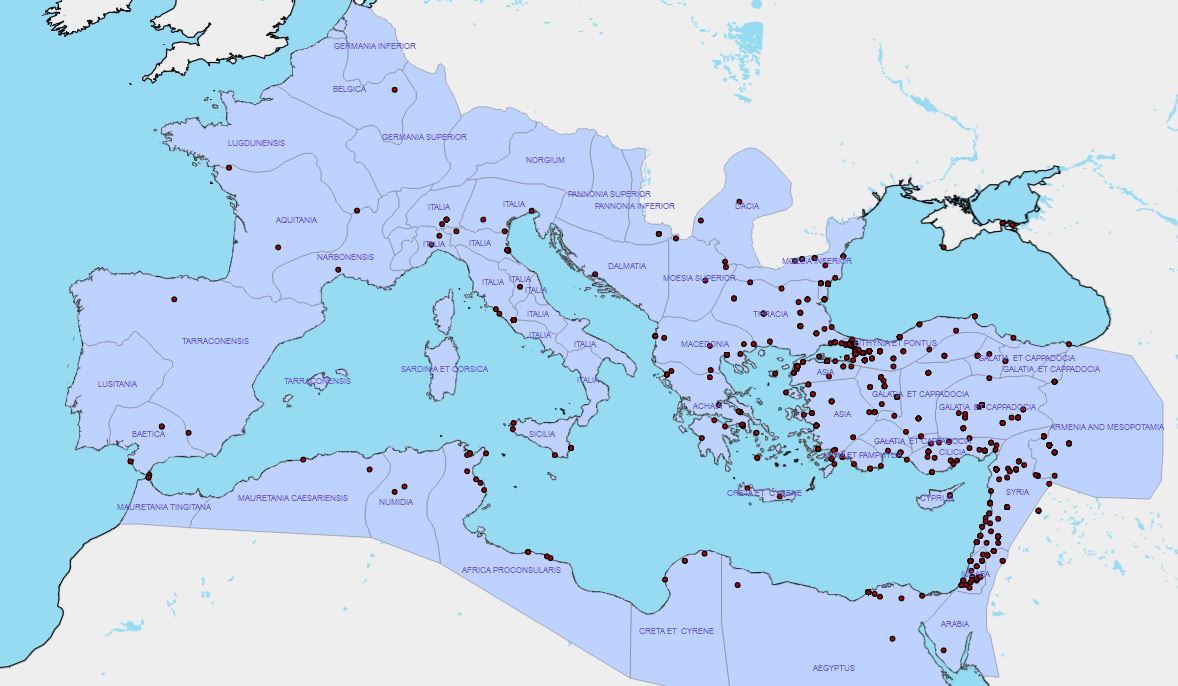
#CancelStudentDebt town Hall starting now.
Join and see what @SenWarren, @SenSchumer, @AyannaPressley plan to do.
#CancelStudentDebtNow
#CancelStudentLoans
Join and see what @SenWarren, @SenSchumer, @AyannaPressley plan to do.
#CancelStudentDebtNow
#CancelStudentLoans
https://twitter.com/ForgivStudLoans/status/1486817296806924289
Arguing that 1) legal case is settled that #ExecutiveBranch has right to forgive student debt.
2) need is urgent: 89% of debtors will be in financial insecurity if required payments resume.
2) need is urgent: 89% of debtors will be in financial insecurity if required payments resume.
@SenWarren makes the point that $50k forgiven would release 36m citizens completely from debt.
@SenWarren follows up: an issue of racial justice.
After 20 years of payments:
white borrowers have only 5% original debt left
borrowers of color still have 95% original debt left.
After 20 years of payments:
white borrowers have only 5% original debt left
borrowers of color still have 95% original debt left.
Cristina Ramirez @cristinanextgen from @NextGenAmerica argues for the generational oppression that #studentdebtcrisis represents.
"College should already be tuition free."
Accessibility to college necessary:
"What a college degree is now is what a high school degree used to be."
"College should already be tuition free."
Accessibility to college necessary:
"What a college degree is now is what a high school degree used to be."
As @cristinanextgen points out, student debt holders voted in record numbers to elect @POTUS.
We are this nation's voters, its present and future.
We are this nation's voters, its present and future.
Sen Pressley @AyannaPressley emphasizes the movement building and organization behind addressing the $1.7 TRILLION crisis, which includes a 76 year old (!!!) in the Senator's district, on social security, still making #studentloandebt payments.
Sen Pressley @AyannaPressley @RepPressley emphasizes this is persistently an inhibition to progress and equity for Black and Brown Americans.
Predatory student loan debt is predatory, discriminatory policy in its effects.
Predatory student loan debt is predatory, discriminatory policy in its effects.
@RepPressley makes the superb point that KEEPING current #studentdebtcrisis status quo is an active policy decision.
@POTUS is either for or against the debt as it is currently structured and its current effects.
Non-action, refusal to #CancelStudentDebt is support for that debt.
@POTUS is either for or against the debt as it is currently structured and its current effects.
Non-action, refusal to #CancelStudentDebt is support for that debt.
Remington A. Gregg @ragregg introduces lineup of congresspersons in support of #studentloanforgiveness.
@SenatorMenendez: time to release economic potential of borrowers.
@SenTinaSmith: not just economic repression, but social--student borrowers cannot start families, lives.
@SenatorMenendez: time to release economic potential of borrowers.
@SenTinaSmith: not just economic repression, but social--student borrowers cannot start families, lives.
@RepCori Congresswoman Cori Bush rounds it out: cancel student debt now @POTUS!
@RepRoKhanna Rep Ro Khanna on the uselessness of "aid" measures such as forbearance, since interest continues to compound.
Only possible starting point: #CancelStudentDebt
@RepRoKhanna Rep Ro Khanna on the uselessness of "aid" measures such as forbearance, since interest continues to compound.
Only possible starting point: #CancelStudentDebt
@SenAlexPadilla calls for economic necessity of action.
@RepNikema reveals she is still paying her own student debt: "A uniquely American Nightmare!"
@RepNikema reveals she is still paying her own student debt: "A uniquely American Nightmare!"
@RepJohnLarson gives full support to forgiving $50k #StudentDebt and structuring follow-up policies to make college affordable.
@RepWilson emphasizes #StudentDebtCrisis means a pause on life, and specifically keeps down borrowers of color from economic progress.
@RepWilson emphasizes #StudentDebtCrisis means a pause on life, and specifically keeps down borrowers of color from economic progress.
@RepAndyLevin calls on @POTUS to take action.
Congress gave executive branch authority to "enforce, pay, compromise, waive, or release any right title...or demand the department [of education] has."
Returning to @RepPressley's point : an active decision not to fix the problem.
Congress gave executive branch authority to "enforce, pay, compromise, waive, or release any right title...or demand the department [of education] has."
Returning to @RepPressley's point : an active decision not to fix the problem.
Rep Jan Schakowsky @janschakowsky calls out the absurdity of the United States putting its own citizens in debt for college when other nations do everything to make college available to their citizens.
Rep Alma Adams @RepAdams: "This is about economic relief and equity."
Rep Alma Adams @RepAdams: "This is about economic relief and equity."
Rep Chuy Garcia @ChuyForCongress demands his constituents rights to be free from student debt.
Sen Ed Markey @EdMarkey even had to pay off his debt into his third congressional term (ca. 1980s).
Today the situation is exponentially worse.
Sen Ed Markey @EdMarkey even had to pay off his debt into his third congressional term (ca. 1980s).
Today the situation is exponentially worse.
Cristina Ramirez @cristinanextgen
Natalia Abrams @nataliaabrams
Remington Gregg @ragregg
closing out emphasizing that
there is will to #CancelStudentDebt,
there is the legal case to #CancelStudentDebt,
and #CancelStudentDebt was a campaign promise.
Natalia Abrams @nataliaabrams
Remington Gregg @ragregg
closing out emphasizing that
there is will to #CancelStudentDebt,
there is the legal case to #CancelStudentDebt,
and #CancelStudentDebt was a campaign promise.
Encouraging sign:
#ForgiveStudentLoans was not on anyone's horizon two years ago.
Now #CancelStudentLoans #CancelStudentDebtNow has true momentum.
Mic drop:
Time to join the rest of the industrialized world.
#ForgiveStudentLoans was not on anyone's horizon two years ago.
Now #CancelStudentLoans #CancelStudentDebtNow has true momentum.
Mic drop:
Time to join the rest of the industrialized world.
• • •
Missing some Tweet in this thread? You can try to
force a refresh











